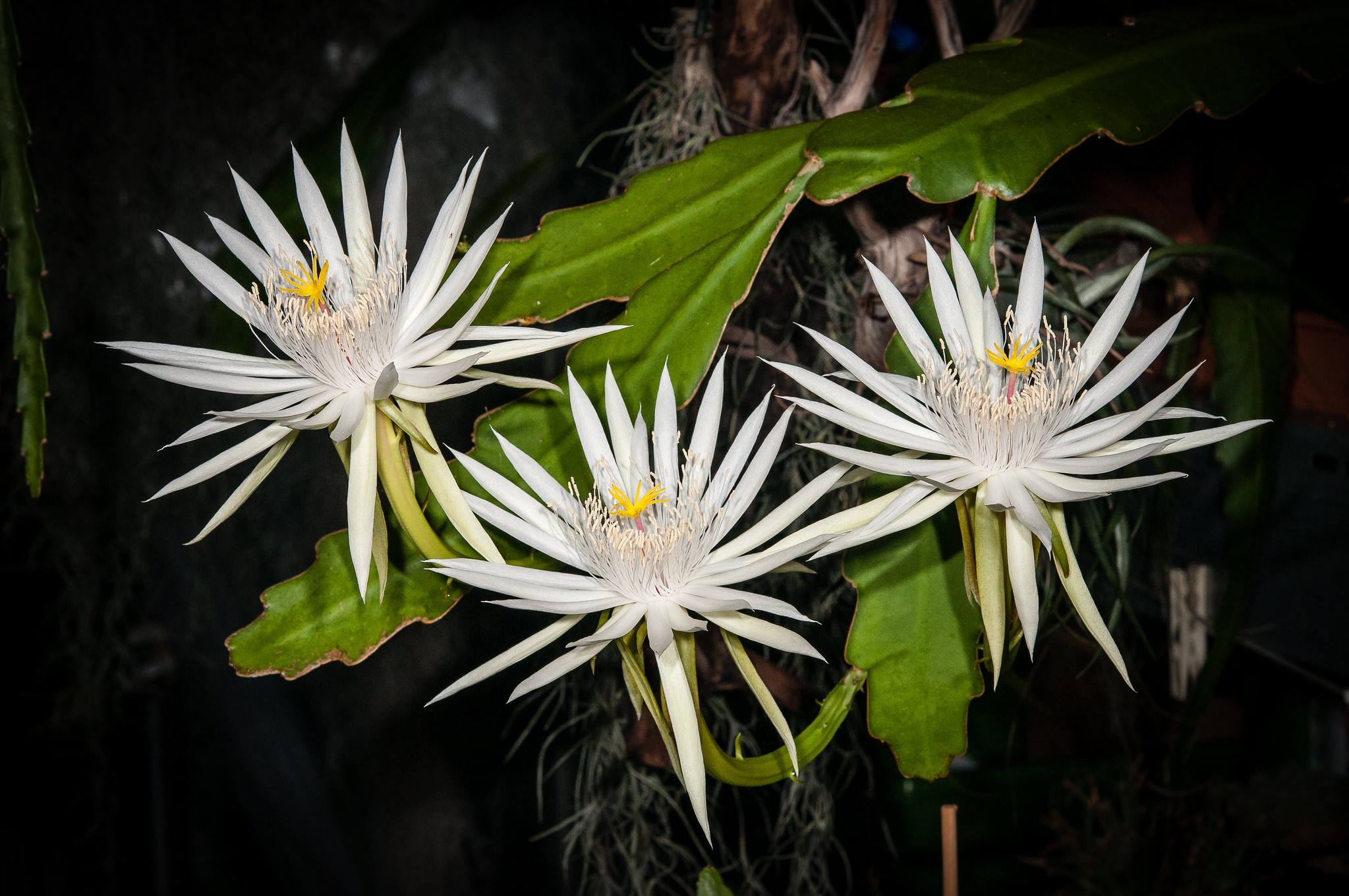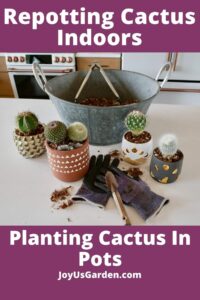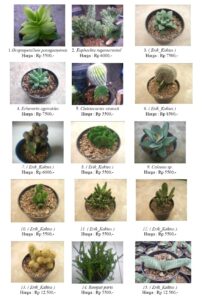When pondering the vast diversity of the cactus family, Epiphyllum hookeri, commonly known as Hooker’s Orchid Cactus, often captures the imagination. With its striking blossoms and fascinating growth habit, it raises an intriguing question: can this remarkable plant be consumed? Delving into the intricacies of its edibility and uses reveals not only its botanical curiosity but also its potential culinary applications.
Epiphyllum hookeri is a member of the Epiphyllum genus, notable for its epiphytic growth. These cacti are predominantly found clinging to trees in their native tropical regions. Their elongated, flat, green stems bristle with the promise of vibrant flowers, which typically bloom at night, emitting a delicate fragrance that attracts nocturnal pollinators. The plant’s aesthetics and enchanting flowers have made it a beloved specimen among horticulturists and garden enthusiasts. However, more than its ornamental value, it is essential to explore the implications of consumption.
On the question of edibility, Epiphyllum hookeri does not traditionally feature in culinary discussions or practices. The primary reason lies in its chemical composition. Although the plant is not toxic, its flesh is indeed fibrous and lacks the juiciness that typically characterizes edible cacti like Opuntia or Saguaro. Consequently, the culinary appeal diminishes significantly, leaving many to wonder why it remains a point of interest in this context.
Moreover, the subtle nuances of this cactus’s chemical makeup suggest that while it is non-toxic, it does not exhibit any significant nutritional benefits. Its lack of flavor and textural appeal can often deter foragers and culinary explorers alike. Thus, while one might not find it a suitable candidate for the dinner plate, there are several alternative uses worth examining.
Transformative Therapeutic Uses
Culturally, Epiphyllum hookeri holds revered status, particularly among certain indigenous communities. Here, the cactus is recognized less for its edibility and more for its medicinal properties. The traditional applications of this plant often revolve around its ability to promote skin health. Infusions or poultices made from the cactus can alleviate skin ailments and serve as a soothing remedy for irritations and inflammations.
Furthermore, the ethereal beauty of the flowers has made them symbolic in various cultures. Their fleeting bloom invites reflections on impermanence and renewal, lending the plant a mystique that transcends mere consumption. This philosophical allure adds an essential layer to comprehending the wider significance of Epiphyllum hookeri.
Culinary Opportunities Beyond Conventional Use
While direct consumption of the Hooker’s Orchid Cactus may not be advisable, creative culinary minds have found ingenious ways to incorporate the essence of the cactus without the need for traditional edible parts. For instance, the flowers can be harvested to create visually captivating garnishes. Their aesthetic allure can elevate desserts, cocktails, and gourmet dishes, thus allowing for a culinary experience that is both innovative and captivating.
Harvesting these flowers typically involves ensuring that the blooms are collected during their prime, right after unfurling but before wilting. The delicate petals can be utilized in salads, added to herbal teas, or employed as a garnish to evoke a sense of novelty at any dining experience. Engaging with the plant in this way can recontextualize the question of edibility to embrace creativity rather than adherence to traditional norms.
The Importance of Sustainable Harvesting
As with any natural resource, sustainability is paramount. When contemplating utilizing Epiphyllum hookeri, one must prioritize practices that ensure the preservation of the plant. Harmful harvesting methods can lead to the decline in populations, particularly as many species within the epiphytic family are vulnerable to habitat destruction. Responsible sourcing should lead consumers and enthusiasts to cultivate their own specimens rather than depleting wild populations.
Establishing a personal growth initiative presents an opportunity to cultivate knowledge and foster a connection to the plant. Moreover, growing Epiphyllum hookeri can contribute to habitat restoration efforts, especially when grown in harmony with its natural ecosystem. By appreciating the plant in its entirety, from its growth cycle to its ephemeral blooms, one can develop a holistic appreciation that transcends the mere question of edibility.
The Fascination with Epiphyllum Hookeri
Ultimately, Epiphyllum hookeri embodies a unique allure that captivates enthusiasts beyond its potential culinary use. The intersection of beauty, biology, and culture invites an exploration of what it means to engage with nature. While the direct consumption of this cactus may not be practical, the stories and experiences surrounding it enrich the overall narrative of our relationship with the plant kingdom.
Thus, embracing the wonders of Epiphyllum hookeri means recognizing its multifaceted roles in our lives. From its humble origins as a botanical curiosity to its evocative presence in culinary art, this cactus beckons us to broaden our definitions of edibility and to appreciate the layers of significance that lie beneath the surface.




Leave a Comment